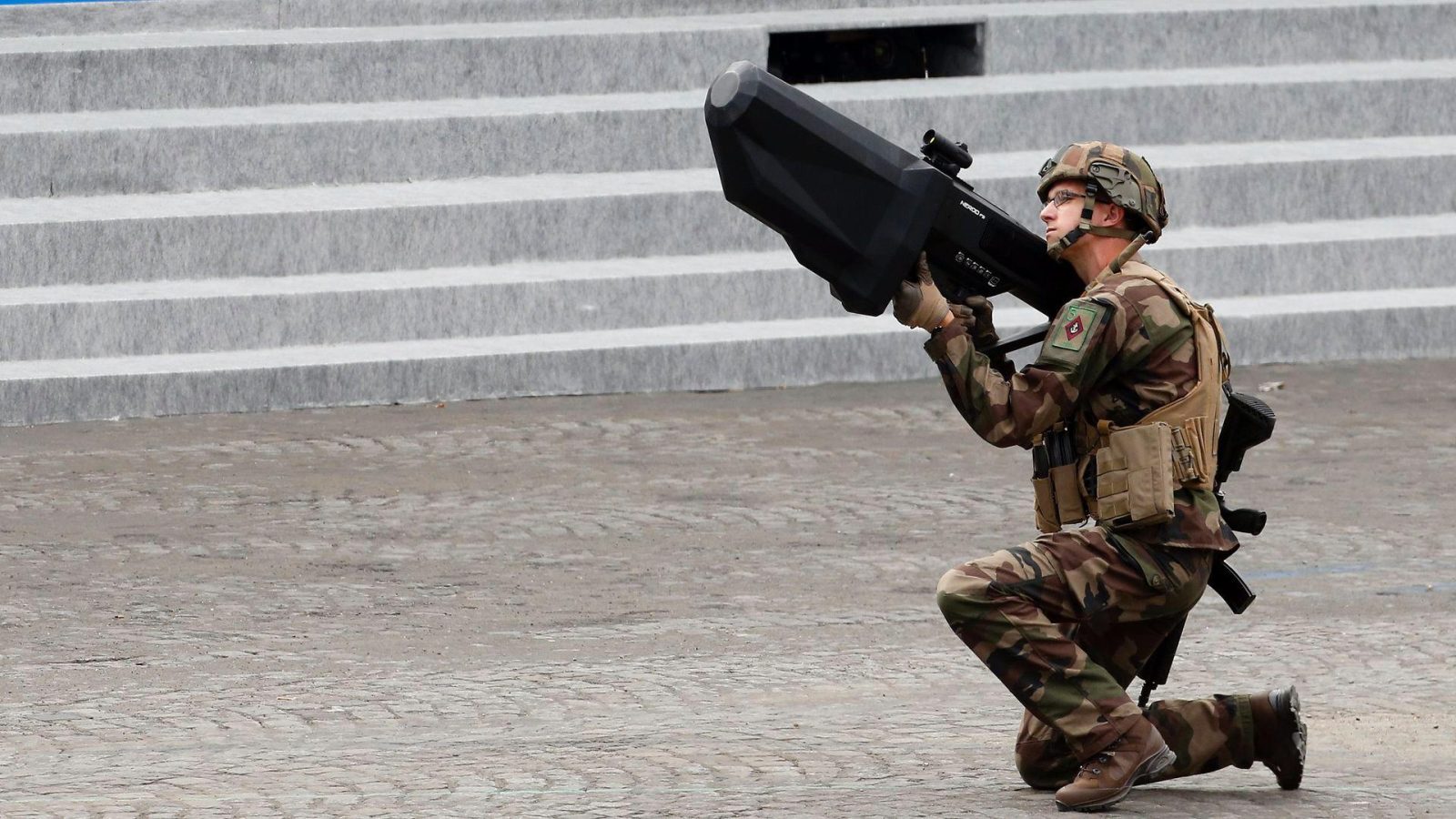
The Biden administration has asked Congress to dramatically expand the number of government and public agencies – from federal to local administrations – that are legally permitted to identify, track, and disable potentially malicious drones flying in US airspaces.
That call to enlarge the number of public organizations and officials authorized to engage in tracking and destruction activity against potentially hostile drones was part of a wider Domestic Counter-Unmanned Aircraft Systems National Action Plan the White House released Monday. In it, the Biden administration appeals to Congress to renew existing legislation legalizing counter-UAV action by “the Departments of Homeland Security, Justice, Defense, State, as well as the Central Intelligence Agency and NASA in limited situations.” It also calls for new measures to be enacted allowing local officials to take defensive measures against drones they fear are up to no good.
“The proposal also seeks to expand UAS detection authorities for state, local, territorial and Tribal (SLTT) law enforcement agencies and critical infrastructure owners and operators,” the plan reads. “The proposal would also create a Federally-sponsored pilot program for selected SLTT law enforcement agency participants to perform UAS mitigation activities and permit critical infrastructure owners and operators to purchase authorized equipment to be used by appropriate Federal or SLTT law enforcement agencies to protect their facilities.”
The White House says the project is the first comprehensive initiative to prepare for and react to the use of drones for illegal or destructive domestic purposes. Though it notes that the vast majority of UAVs are used for positive and productive objectives, it adds drones have increasingly been flown “to commit crimes, conduct illegal surveillance and industrial espionage, and thwart law enforcement efforts.”
Those operations include dropping contraband into prisons, trafficking drugs and people across the southern border, and several other kinds of criminal acts – including one the FBI described as an attack on a Pennsylvania electric station. Elsewhere, similar consumer UAVs have also been deployed in assassination attempts in Venezuela and Iraq, used by terrorist groups across the Middle East, and by Mexican drug cartels to drop grenades on enemy gangs.
More recently, the use of store-bought drones in Ukraine for what are widely considered legitimate defensive purposes against invading Russian troops – including dropping Molotov cocktails and munitions – has called attention to the ways the craft can be adapted for conflict purposes. Indeed, some experts believe the effectiveness of consumer UAVs in Ukraine against traditional military strategies and assets is provoking a fundamental re-examination of how future wars will be fought.
That may also be influencing in how authorities in the US are planning responses to the expansion of malicious domestic drone deployment. That rise seems inevitable as the current fleet of 800 UAVs registered with the Federal Aviation Administration rises to an estimated 2 million by 2024.
That risk might well explain the White House’s push to greatly expand the number of national, state, local, and other public administrations able to legally monitor and act against potentially hostile drones, and its call on Congress to “adopt legislation to close critical gaps in existing law and policy that currently impede government and law enforcement from protecting the American people and our vital security interests.”
FTC: We use income earning auto affiliate links. More.



Comments